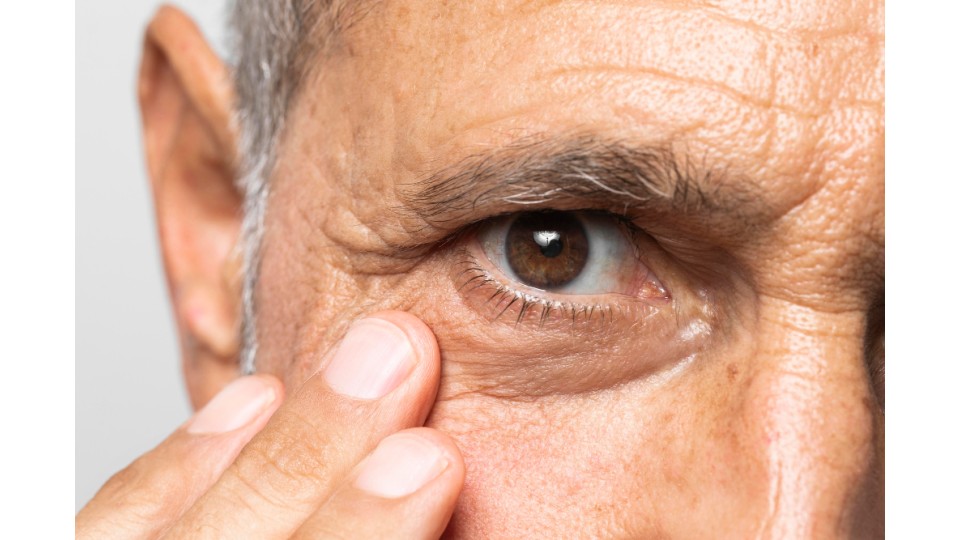Protecting Children’s Eyes in the UAE: Understanding Myopia in School-Aged Children
24/12/2025

18/03/2024
Diabetic retinopathy (DR) is a common and potentially sight-threatening complication of diabetes. It affects the retina, the light-sensitive tissue at the back of the eye. Understanding its causes, progression, risk factors, and preventive measures is crucial for individuals with diabetes.
DR primarily results from prolonged high blood sugar levels damaging blood vessels in the retina. These microvascular changes can further damage the retina causing swelling, leakage, and the growth of abnormal blood vessels.
In the clinic, we classify the stage of the disease depending on the findings during exam
1. Background retinopathy: This early stage may not have symptoms but involves weakened blood vessels.
2. Macular edema: Swelling in the macula, the central part of the retina, this can lead to blurred or distorted vision.
3. Proliferative retinopathy: It is when new abnormal fragile blood vessels grow on the retina, increasing the risk of bleeding and other complications that might lead to vision loss.
So what are the key risk factors for the progression of DR?
- Duration of Diabetes: The longer you have diabetes, the higher the risk.
- Blood Sugar Control: Poorly managed blood sugar levels over long periods of time increase the risk.
- High Blood Pressure
- Cholesterol Levels
- Pregnancy: Pregnant women with diabetes are at higher risk.
- Others: Smoking, obesity, renal disease, genetic factors
There are many proactive measures that we advise the patient to take in order to avoid the progression of the disease:
1. Regular Eye Exams: Annual dilated eye exams can detect early signs of retinopathy even before the patient reports symptoms. Your physician might require you to undergo exams more frequently depending on the stage of your disease.
2. Blood Sugar Control: Managing blood sugar through diet, exercise, and medications is crucial.
3. Blood Pressure Control
4. Maintaining healthy cholesterol levels
5. Lifestyle Choices: A healthy lifestyle with a balanced diet and regular exercise.
In conclusion, diabetic retinopathy is a serious concern for individuals with diabetes. Awareness of its causes, progression, and risk factors is vital. Proactive measures, including regular eye exams and managing blood sugar and other health parameters, can significantly reduce the associated risk of vision loss associated. It’s essential for those with diabetes to work closely with healthcare providers to protect their eyesight.
Written by:
Dr. Wissam Charafeddin Aboul-Hosn,
Consultant Ophthalmologist